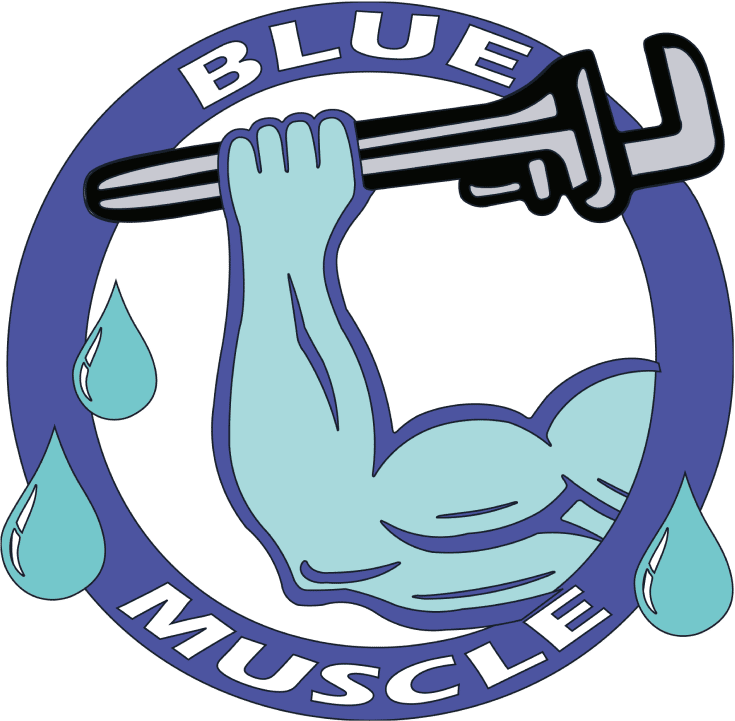A reliable and efficient water heater is a vital component of every home, ensuring a steady supply of hot water for activities such as bathing, cleaning, and cooking. Maintaining your water heater is essential for optimizing its performance and prolonging its lifespan, providing your household with the comfort and convenience of consistent hot water. Through routine maintenance and preventative measures, you can avoid the common problems that may cause your water heater to function inefficiently, lose its effectiveness, or fail prematurely.
In this comprehensive guide, we will delve into the essential steps for maintaining your water heater to ensure its optimal performance and longevity. We will provide practical tips on various preventative measures, including regular inspections, temperature adjustments, flushing, and more. Additionally, we will offer expert guidance on how to troubleshoot common water heater issues and assess when it’s time to seek professional assistance.
1. Regular Inspections: The Key to Early Detection of Issues
The first step in maintaining your water heater is conducting routine inspections, which can help identify potential problems before they escalate into more significant concerns. At least once or twice a year, examine the following components of your water heater:
– Pressure relief valve: Ensure that the valve is functioning correctly by lifting the lever and checking for water flow. Replace the valve immediately if you notice any signs of leakage or corrosion.
– Water supply and connections: Inspect the water supply lines, connections, and fittings for signs of wear, corrosion, or leakage.
– Anode rod: The anode rod is crucial for preventing tank corrosion, so check it annually for deterioration and replace it as required.
– Tank exterior: Examine the tank for rust, damage, or signs of leakage, addressing any issues immediately.
By regularly inspecting your water heater, you can detect potential problems early and carry out necessary repairs or replacements, ensuring optimal performance and longevity.
2. Temperature Settings and Insulation for Energy Efficiency
Adjusting your water heater’s temperature settings and insulating it can help improve energy efficiency and reduce energy costs. Consider the following tips to optimize your water heater’s energy consumption:
– Adjust the thermostat: Set your water heater’s temperature between 120°F and 140°F for optimal energy efficiency and a consistent supply of hot water.
– Insulate the tank: Wrapping your water heater in a specially designed insulating blanket can help retain heat, conserve energy, and reduce energy bills.
– Insulate pipes: Insulate both hot and cold water pipes running to and from your water heater to minimize heat loss and maintain more consistent water temperatures.
By optimizing your water heater’s temperature settings and insulation, you can significantly improve its energy efficiency and reduce associated costs.
3. Flushing the Tank to Remove Sediment Buildup
Over time, sediment and mineral deposits can accumulate at the bottom of your water heater tank, reducing efficiency and potentially damaging the heating element. Flushing the tank annually can help remove sediment buildup, maintain peak performance, and extend the lifespan of the unit. To flush your water heater:
– Turn off the unit and disconnect it from the power source.
– Shut off the cold water inlet valve.
– Connect a garden hose to the drain valve at the bottom of the tank and direct the other end of the hose to a suitable drainage location, such as a floor drain, bucket, or outdoors.
– Open the pressure relief valve and drain valve, allowing the water to flow out of the tank. Be cautious, as the water may be very hot.
– Once the tank is empty, briefly open the cold water inlet valve, then close it to help dislodge any remaining sediment.
– Close the drain valve, remove the garden hose, and ensure the pressure relief valve is closed.
– Turn on the cold water inlet valve, fill the tank with cold water, then reopen the pressure relief valve to release any trapped air.
– Once the tank is full, restore power to the water heater.
4. Troubleshooting Common Water Heater Issues
Some common water heater problems and their potential solutions include:
– No hot water: Inspect the pilot light, thermocouple, and gas valve for gas water heaters or check the heating elements and thermostats for electric water heaters. Replace or repair the faulty components as needed.
– Insufficient hot water: Adjust the thermostat to a higher setting or flush the tank to remove sediment buildup. Additionally, ensure that the thermostat is fully immersed in water and functioning correctly.
– Discolored or odorous water: Replace the anode rod if you notice a strong odor or rust-colored water, as this can indicate the rod is no longer effectively preventing corrosion.
– Leaks: Examine the pressure relief valve, drain valve, and tank for signs of leakage. Replace any damaged components and tighten any loose connections.
When to Seek Professional Assistance
While many water heater maintenance tasks can be performed by homeowners, certain issues or circumstances may warrant professional assistance. Complex repairs, new installations, and replacements, or diagnosing persistent problems are best handled by experienced and reliable plumbers, such as those at Blue Muscle Plumbing and Rooter Service.
Conclusion
Maintaining your water heater is essential for ensuring its optimal performance and prolonging its lifespan, providing your household with consistent hot water and comfort. By following these maintenance tips, you can keep your water heater running efficiently for years to come. However, when faced with more intensive water heater repairs or installations, trust in the experts at Blue Muscle Plumbing and Rooter Service to assist you in maintaining a reliable and efficient water heater for your home.

